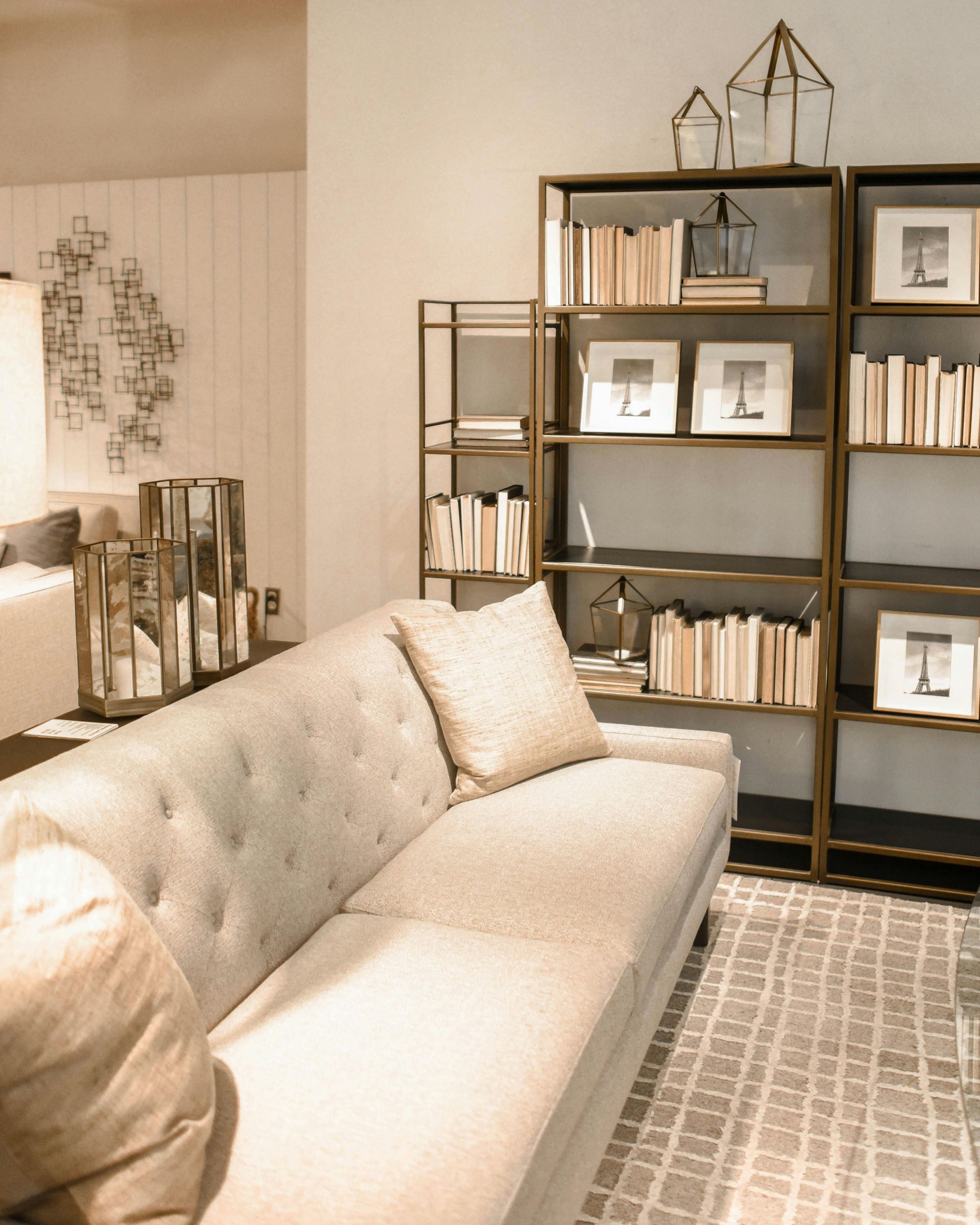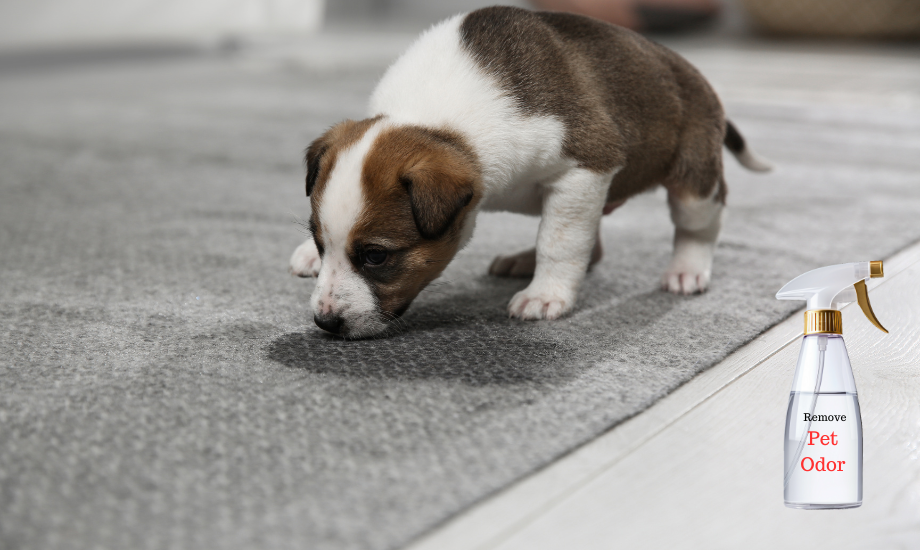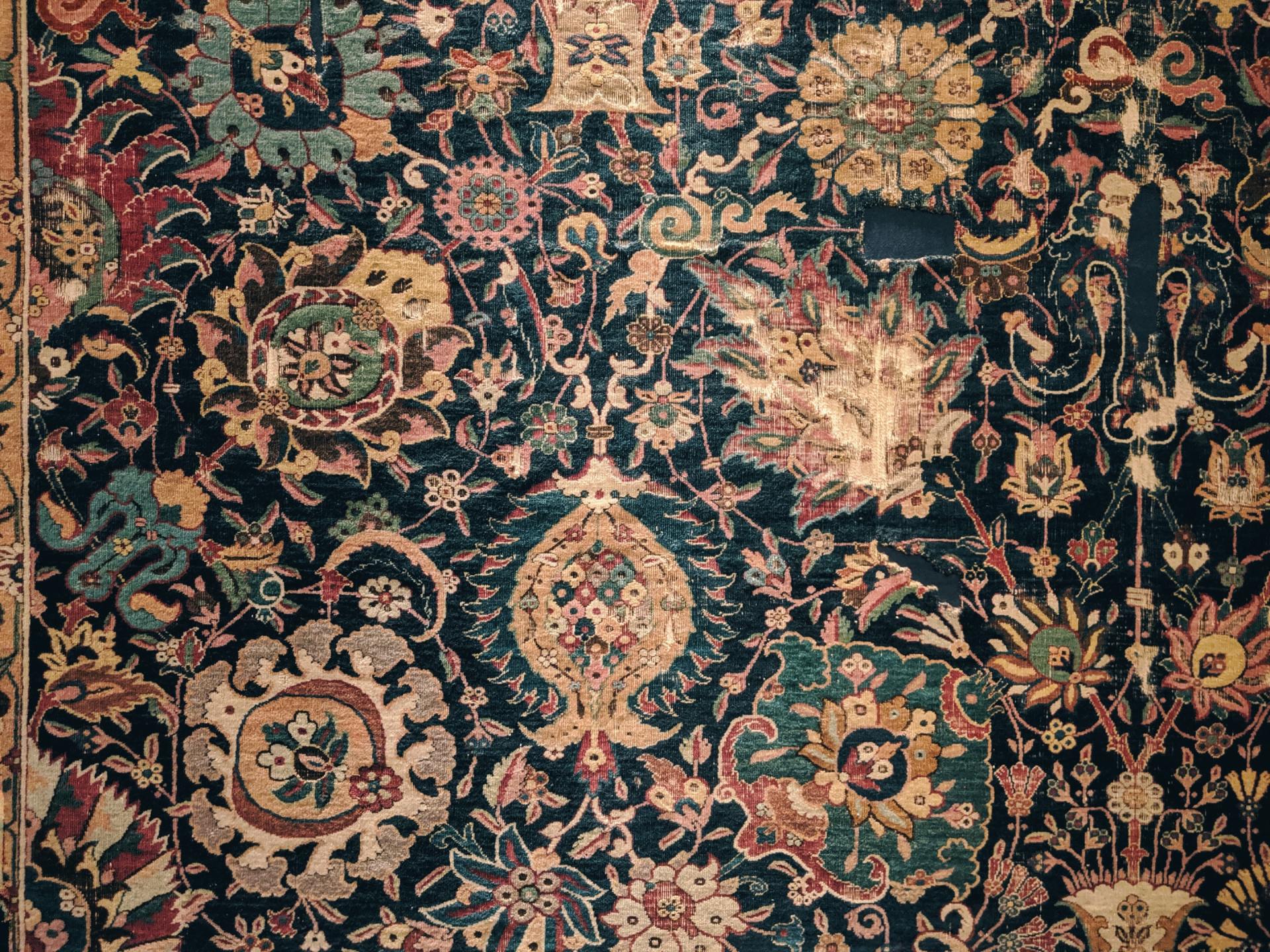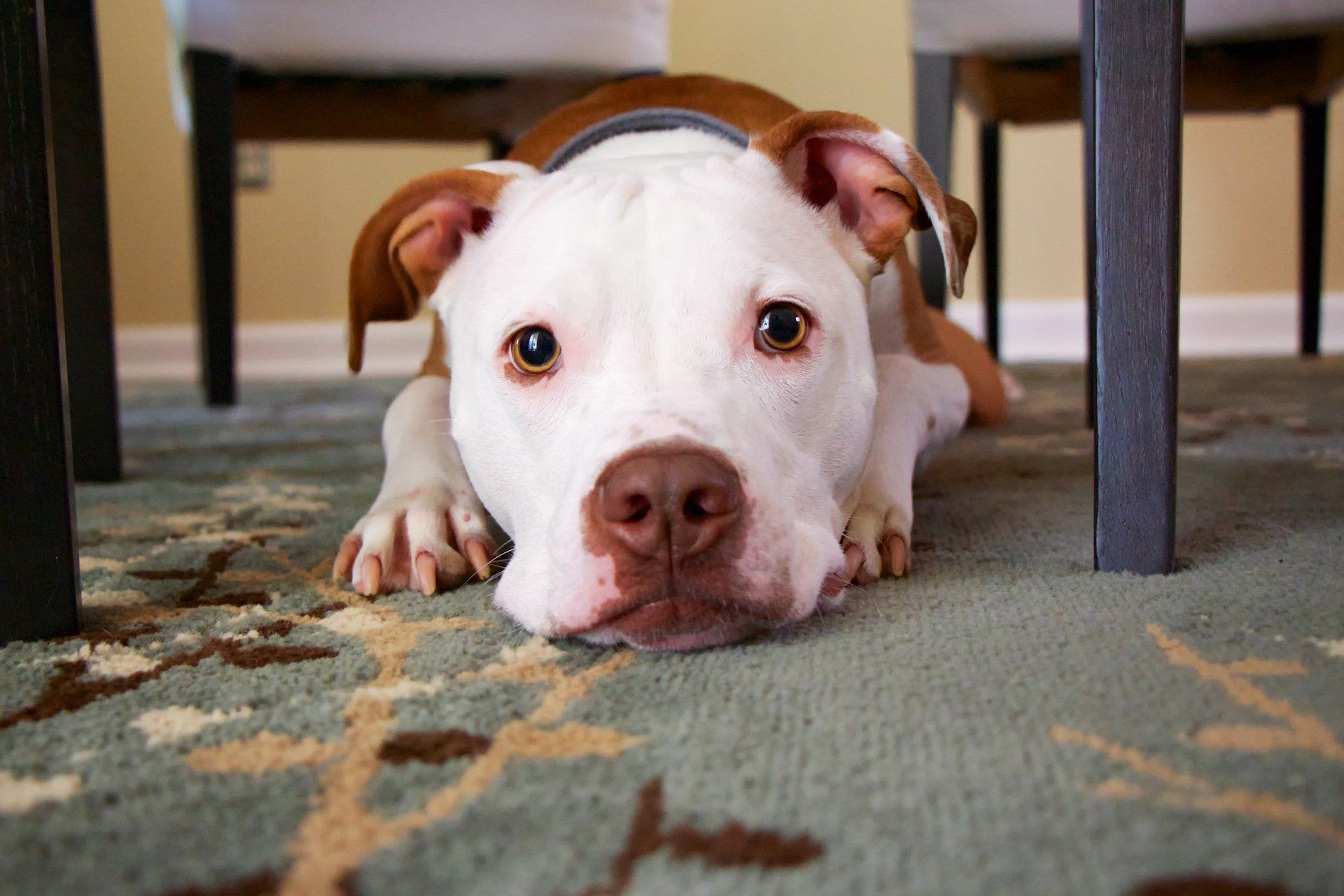How to Care for Upholstery Between Professional Cleanings

Maintaining the beauty and longevity of your upholstered furniture requires consistent care, especially between professional cleanings. Regular upkeep not only improves the appearance of your furniture but also contributes to a healthier indoor environment. Here are some effective strategies to keep your upholstery in top condition between visits from Clene Start.
Regular Vacuuming
Dust and dirt can accumulate on upholstery, leading to premature wear and a dull appearance. To prevent this:
- Weekly Vacuuming: Use the upholstery attachment on your vacuum cleaner to remove surface dust and debris. Pay special attention to crevices and seams where dirt tends to collect.
- Cushion Care: Remove and vacuum both sides of cushions to ensure all-around cleanliness. Regular vacuuming helps maintain the fabric's integrity and appearance.
Immediate Spill Response
Accidental spills are inevitable, but prompt action can prevent permanent stains:
- Blot, Don’t Rub: As soon as a spill occurs, gently blot the area with a clean, white cloth to absorb as much liquid as possible. Rubbing can spread the stain and damage the fabric fibers.
- Use Appropriate Cleaners: Depending on your upholstery's fabric, use a suitable cleaning solution. Always test any cleaner on an inconspicuous area first to make sure it doesn't discolor or damage the material.
Protect from Sunlight
Prolonged exposure to direct sunlight can cause fabrics to fade and weaken. Position furniture away from windows or areas with intense sunlight. If relocation isn't feasible, consider using curtains, blinds, or UV-protective window films to shield your upholstery from harmful rays.
Implement Preventive Measures
Preventing damage is easier than repairing it:
- Use Slipcovers: Especially in high-traffic areas or homes with children and pets, slipcovers can protect the underlying fabric from spills, stains, and wear. They are easily removable and washable.
- Establish House Rules: Encourage household members and guests to avoid eating or drinking on upholstered furniture to minimize the risk of spills and stains.
Regular Professional Cleaning
While routine at-home care is essential, professional furniture cleaning offers a deeper cleanse:
- Scheduled Cleanings: Depending on usage and household conditions, schedule professional upholstery cleaning every 12 to 18 months. Professionals have the expertise and equipment to remove deep-seated dirt and allergens, rejuvenating your furniture.
- Clene Start Services: Serving areas like Dawsonville, Cumming, and Gainesville, Clene Start offers complete upholstery cleaning services. Our licensed and insured technicians use environmentally safe processes to make sure your furniture looks and feels fresh.
Apply Fabric Protectants
Adding a layer of protection can help repel stains and spills. After cleaning, consider applying a fabric protectant to create a barrier against future spills and stains. This treatment makes it easier to clean up accidents before they set into the fabric.
Maintain Proper Humidity Levels
Humidity can affect your upholstery. Keep indoor humidity levels between 30-50% to prevent mold growth and fabric deterioration. Using dehumidifiers or air conditioners can help maintain these levels, especially in humid climates.
By incorporating these practices into your routine, you can extend the life and beauty of your upholstered furniture. Regular maintenance, combined with professional care from experts like Clene Start, ensures your furniture remains a comfortable and attractive part of your home for years to come.
FAQs
1. How often should I have my upholstery professionally cleaned?
It’s recommended to have your upholstery professionally cleaned every 12 to 18 months, depending on usage, household conditions, and whether you have pets or children. Regular professional cleaning helps remove deep-seated dirt, allergens, and bacteria that routine vacuuming can’t eliminate.
2. What’s the best way to remove pet hair from upholstery?
To remove pet hair effectively, use a lint roller, rubber gloves, or a vacuum with a pet hair attachment. Lightly dampening a microfiber cloth and running it over the fabric can also help lift pet hair. Regular grooming of pets and using furniture covers can reduce the amount of hair buildup over time.







